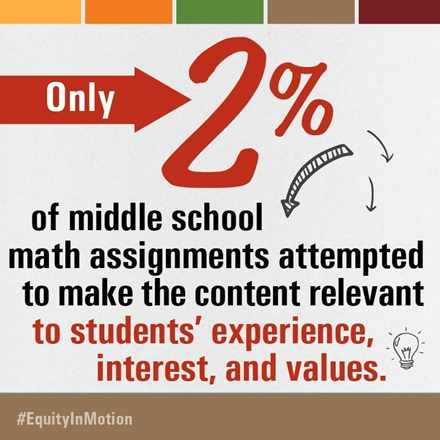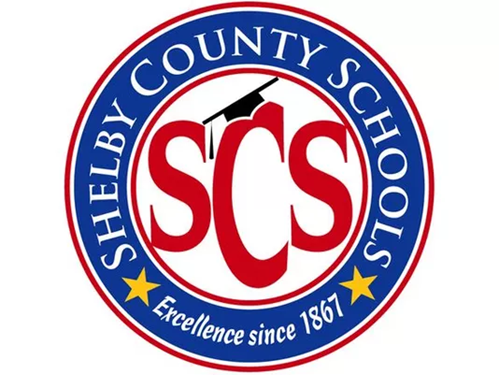Why Are We Still Teaching Reading the Wrong Way? – By Emily Hanford, The New York Times
Our children aren’t being taught to read in ways that line up with what scientists have discovered about how people actually learn.
It’s a problem that has been hiding in plain sight for decades. According to the National Assessment of Educational Progress, more than six in 10 fourth graders aren’t proficient readers. It has been this way since testing began. A third of kids can’t read at a basic level.
How do we know that a big part of the problem is how children are being taught? Because reading researchers have done studies in classrooms and clinics, and they’ve shown over and over that virtually all kids can learn to read — if they’re taught with approaches that use what scientists have discovered about how the brain does the work of reading. But many teachers don’t know this science.
What have scientists figured out? First of all, while learning to talk is a natural process that occurs when children are surrounded by spoken language, learning to read is not. To become readers, kids need to learn how the words they know how to say connect to print on the page. They need explicit, systematic phonics instruction. There are hundreds of studies that back this up.

Motivation and Engagement in Student Assignments - by Joan Dabrowski and Tanji Reed Marshall, The Education Trust
When students have the opportunity to attend classes that are engaging, creative, and relatable to their lives, they are more likely to succeed academically. Unfortunately, several new analyses have found that far too many students experience classroom assignments that fail to prepare them for life beyond school.
In a new report, we examined two powerful levers for engaging learners — choice and relevancy — and explored how educators can use these levers to increase student motivation and engagement.
Under our current college- and career-ready standards, students are expected to collaborate and demonstrate critical thinking and problem-solving skills, all of which require they be actively engaged in their learning. Our findings show that less than 3 percent of middle school math assignments and less than 15 percent of middle school literacy assignments allowed for student choice and relevancy.
In “Motivation and Engagement in Student Assignments: The Role of Choice and Relevancy,” we explore how educators can bring choice and relevancy into their daily assignments. The authors explain how choice can and should be provided in terms of content, product, and process.

Shelby County Schools plans to spend a record amount on construction and renovation in 2019 – By Patrick Graziosi, Memphis Commercial Appeal
Shelby County Schools plans to spend a record-setting amount on construction and maintenance projects in 2019.
SCS has 50 projects scheduled for next year after being awarded $90.2 million in capital funding by the Shelby County Commission.
“This recent award has allowed us to build new schools and increase our capacity, especially in schools with increased allotment,” said Natalia Powers, chief of communications for SCS.
“Since we have been addressing our deferred maintenance needs more consistently over the last few years, we have now reached a point in which we can create better learning environments for our students by improving classrooms and building more gyms in many of our schools,” Powers said.
Those deferred maintenance needs mounted to more than $500 million, according to Powers, who said budget constraints meant they could not be addressed.
Future SCS projects include 38 maintenance repairs, classroom and gym additions at 10 schools and construction for two "21st-century" school constructions — Goodlett Elementary and Alcy Elementary — which are expected to be completed by 2019 and 2020, respectively.

Anti-Semitism is on the rise in schools. After Pittsburgh, teachers grapple with a response. – By Francisco Vara-Orta, Eric Gorski, Shaina Cavazos and Melanie Asmar, Chalkbeat
At New York City’s Harvest Collegiate High School on Monday, social studies teacher Andy del Calvo did what educators often do: He adapted his lesson for the times. He shared news stories about the massacre of 11 people at a Pittsburgh synagogue and about last week’s shooting of two African-Americans at a Kentucky supermarket, and urged his students to think.
Del Calvo hoped that examining America’s latest heartbreaking moments would give his students a chance to process their feelings, develop empathy for others, and spur them to act — maybe through raising money for victims or expressing themselves through art.
“This is a place where students can get a feel for how to have these kinds of conversations with a broad variety of people,” he said, noting that the school’s 480 students roughly mirror New York’s diversity. “If I have this conversation with friends, people tend to have pretty similar ideas about whatever. Doing it at a school, especially at an integrated school, they are going to have to navigate the issues in a way that is deeply important for our democracy — especially today.”
This weekend’s mass shooting at Pittsburgh’s Tree of Life Synagogue, carried out by a shooter authorities have said targeted the Jewish community and expressed anti-immigrant sentiments online, strikes at the heart of rising concerns about how bias shapes people’s thinking and where the school system should fit in pushing back on those mentalities.
Schools have become fertile ground for anti-Semitic and other bias-fueled incidents — and in some cases, the setting for determined efforts to stamp them out. Educators must strike a difficult balance, figuring out how to address events that have upset students and their families while seeking to avoid being accused of pushing a political agenda.
Overall, the FBI and civil rights organizations have said their data shows a marked uptick in anti-Semitic incidents throughout the country, which has spilled over into schools. In the greater landscape of hate crimes, 54 percent of those targeted because of their religion were Jewish, according to the most recent data available for the 2016 year.












